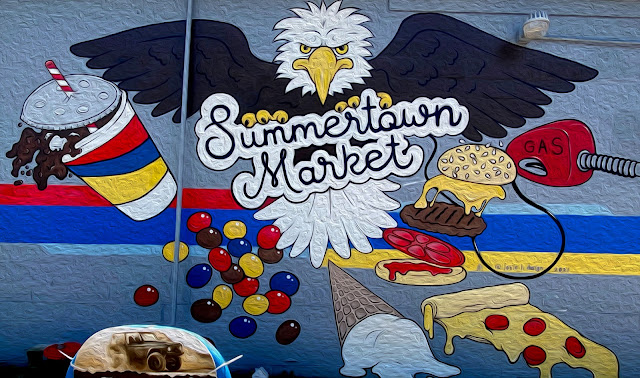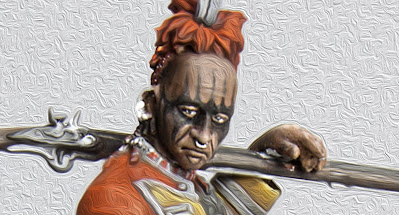Search This Blog
We are in a crisis in the evolution of human society. It’s unique to both human and geologic history. It has never happened before and it can’t possibly happen again. Albert Bates, author of The Financial Collapse Survival Guide and Cookbook, brings you along on his personal journey.
Posts
Showing posts from June, 2022
Losing the Peace: The Beaded Blockchain of Kahionni
- Get link
- Other Apps
The First NFTs Pre-existed the United States
- Get link
- Other Apps


